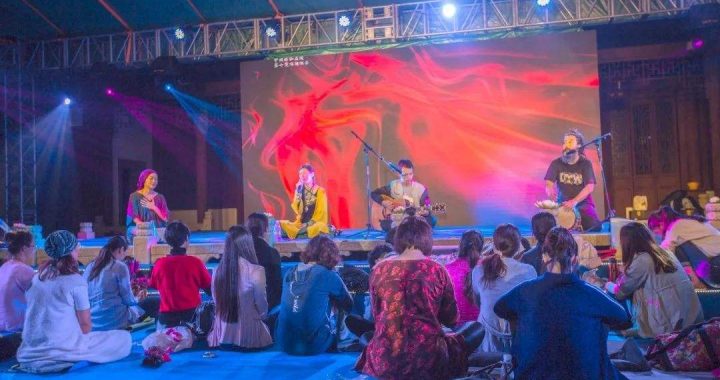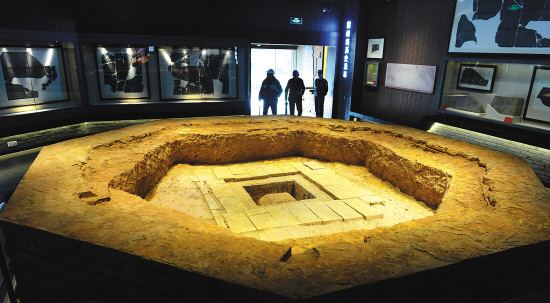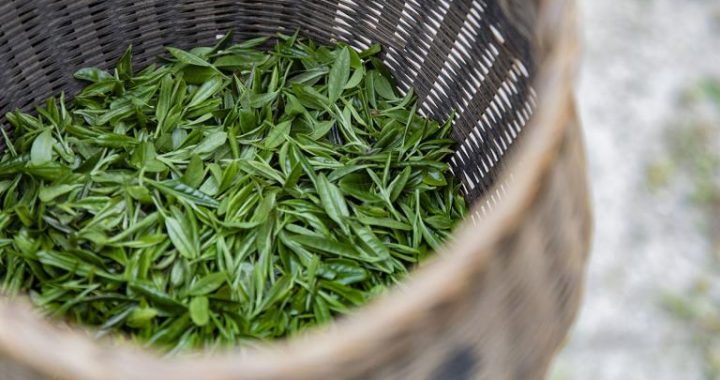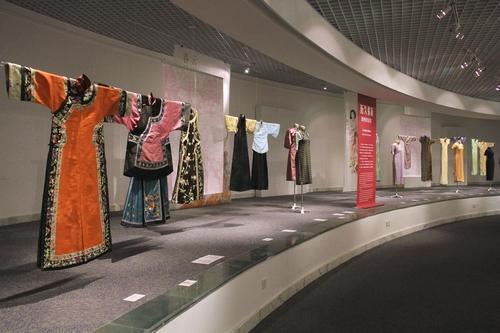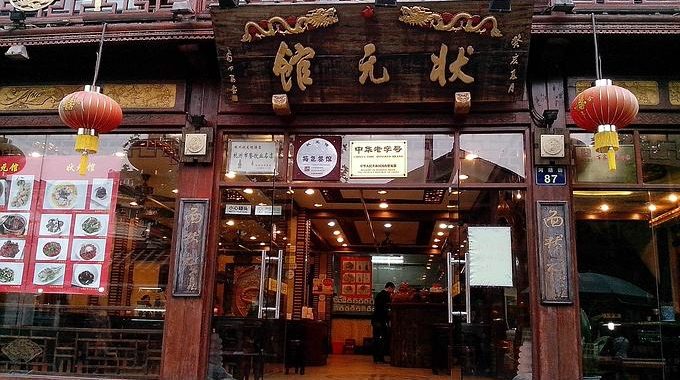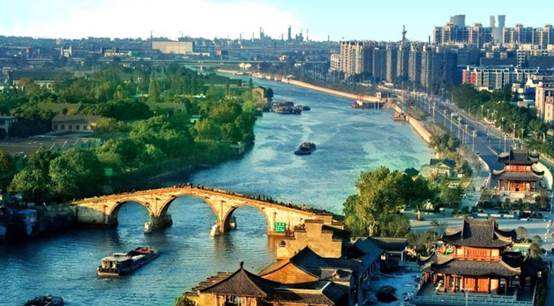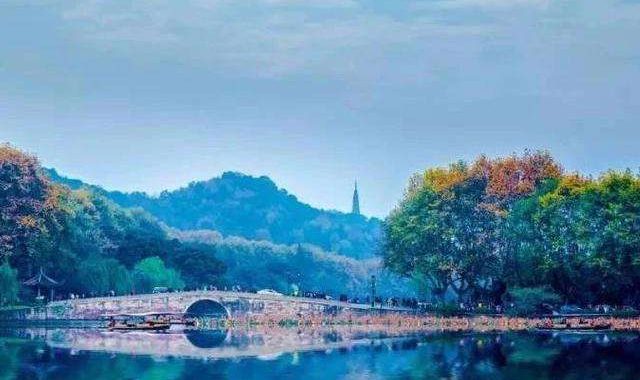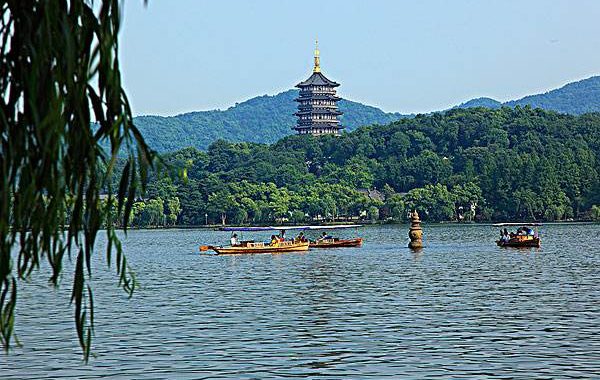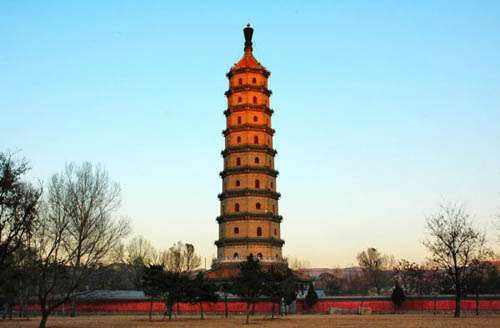China National silk Museum
3 min readBut,if you’re looking for decoration rather than fashion,the local zhijin,or brocade,will definitely satisfy.Named after the patriotic textile businessman Du Jinsheng active in the 1920s to 30s,this silk brocade is a relatively modern take on textile design.Drawing inspiration from the beautiful natural scenery around Hangzhou,native-born Du invented the art of landscape“painting”on silk,and hand-woven the first of its kind based on the local attraction,Nine Brooks and 18 Streams.Today you can find the original in the Former Residence of Du Jinsheng,which is a museum for such designs in Maojiabu Village by the western shore of the West Lake.From a family mill with one worker to factories around the city and stores across the nation,Du took the silk industry by storm.In 1926,their brocade even won the gold prize at the Philadelphia World Expo.
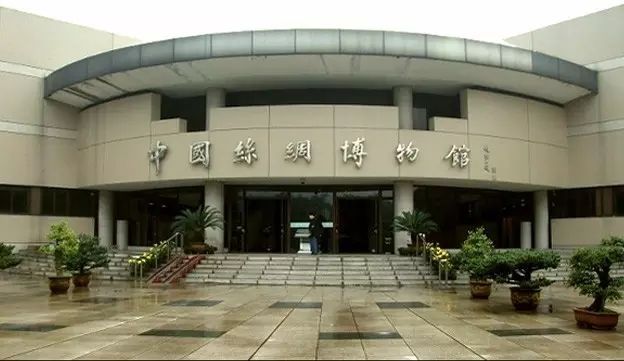
As far as where to go,you can find everything you need in China Silk Town,the biggest silk wholesale and retail market in the country,with more than 600 silk enterprises dealing in a wide variety of pure silk fabrics,garments,handicraft articles,scarves,and ties.On Hefang Street,one of the most famous historic streets in the city,you will find brand names like Silk Depot and many other independent shops full of innovative silk souvenirs and handicrafts.Of course,you can also just go to department stores like the Hangzhou Department Store for guaranteed quality.
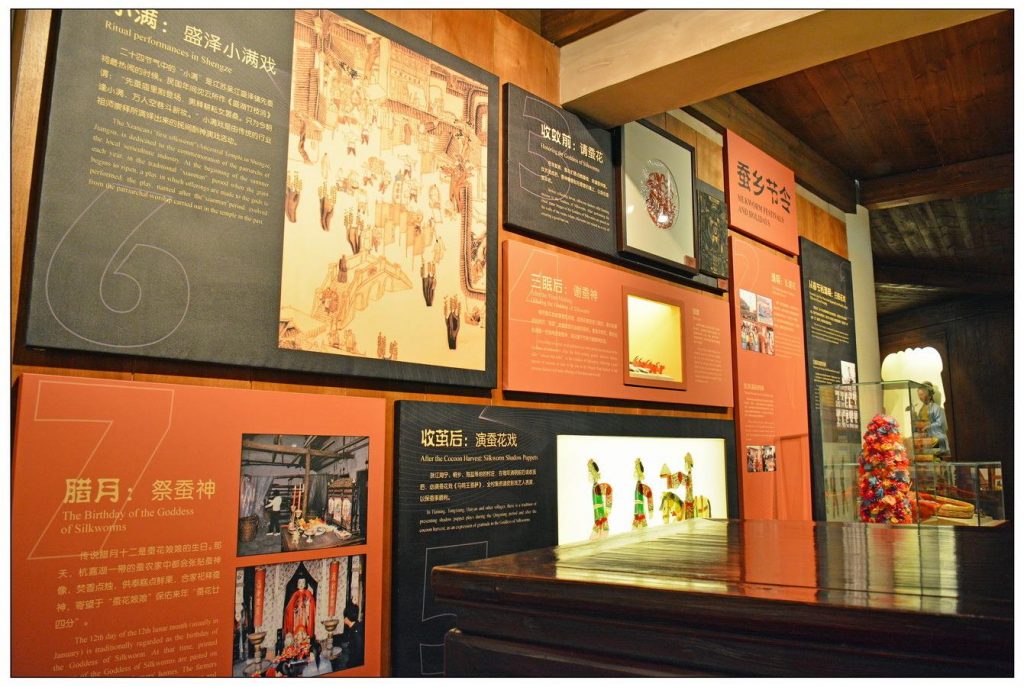
Origin of Silk
Legends attribute the invention of silk to Leizu,the empress of the Yellow Emperor,a legendary sovereign.It was said that when Leizu was drinking a cup of tea,a silkworm cocoon fell into her cup.Then,because of the heat,a fine thread started to separate itself from the silkworm cocoon,and Leizu found that she could unwind this soft thread around her finger.She persuaded her husband to give her a grove of mulberry trees,where she could domesticate the worms and harvest their cocoons.
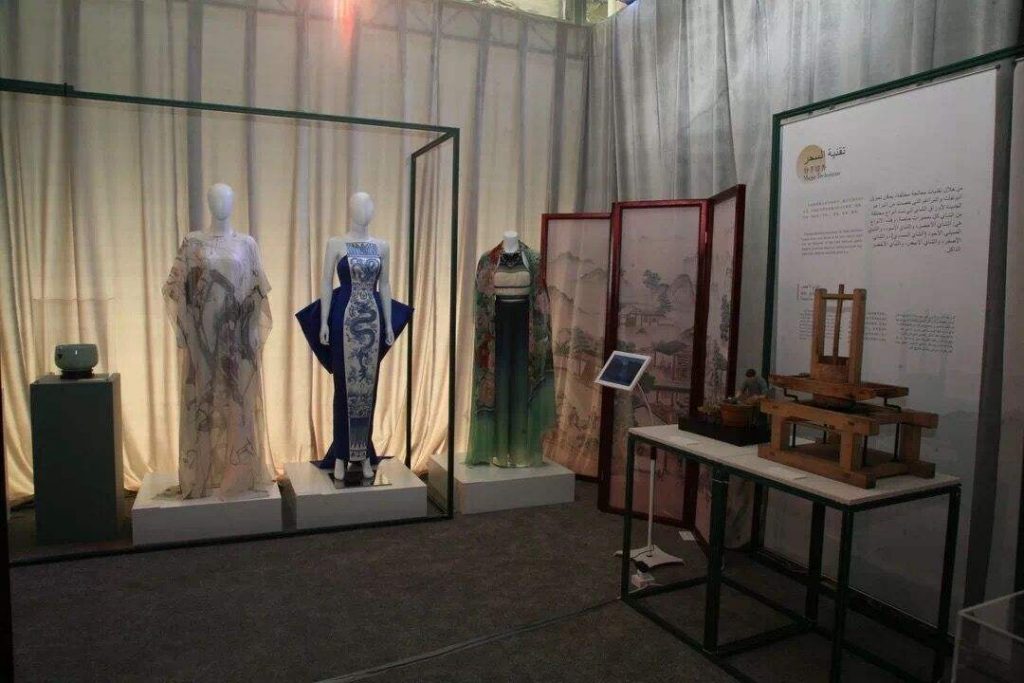
China National silk Museum
If you find yourself wandering past yet another silk shop in Hangzhou,but don’t have a clue why Hangzhou is peppered with these colorful stores,there’s one place to go:the China National Silk Museum.One of the first state-level museums in China,here you’1l find 9,000 square meters of displays divided into several galleries with a 40,000-square-meter southern Chinese-style garden.
The first Silk Road Gallery will take you on a journey through the annals of Chinese silk both historically and geographically.The earliest preserved silks from the Qianshanyang site,Huzhou(c.2200 BCE)and the earliest pattern loom model from Laoguanshan,Chengdu(c.100BCE)can be found on display in this gallery.More amazing silk textiles from the Silk Road-which include both polychrome woven silks from northwest China from the 3rd to 10th centuries as well as painted and embroidered silks from Europe,mostly from the 18th to 19th centuries-will wow silk lovers from around the globe.
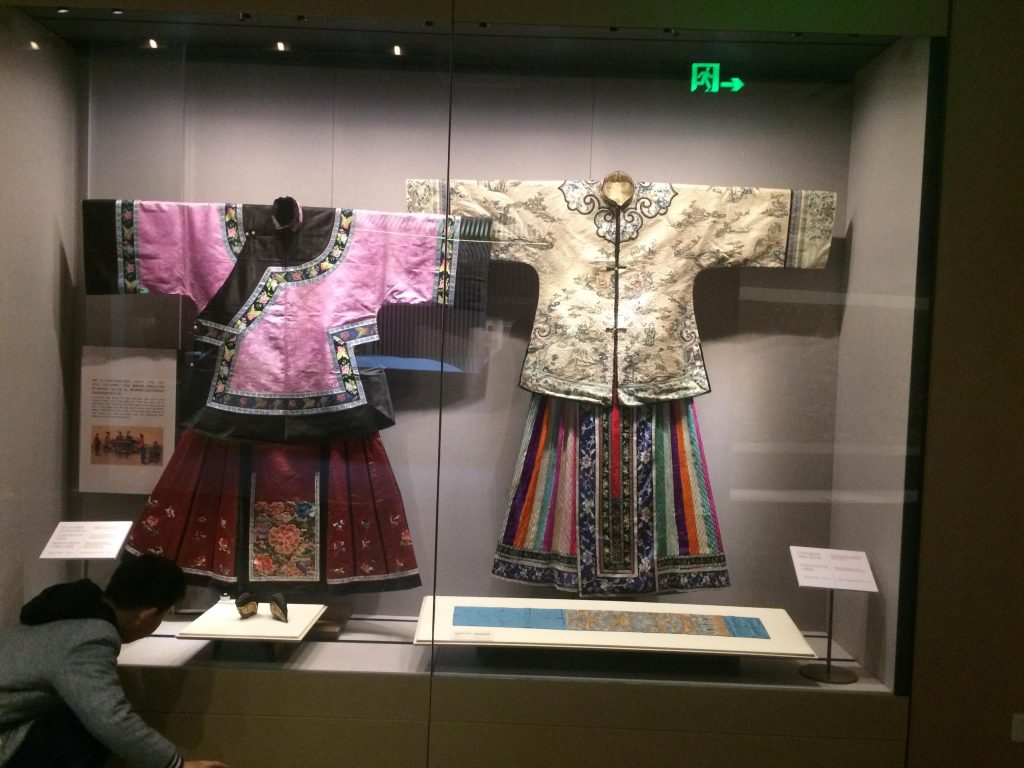
For more information on how silk is made,visitors can move into the Sericulture and Weaving Galleries.The process of sericulture and silk craftsmanship in China is listedas UNESCO World Intangible Cultural Heritage-including the entire process of mulberry planting,silkworm raising,cocoon cultivation,dyeing,weaving,and embroidery.If you are lucky,you might catch some of the greatest silk treasures in the country being treated,repaired,or installed at the Textile Conservation Gallery.Because the museum has the most advanced technology for textile conservation in China,institutions from all around the world,including the British Museum and the Metropolitan Museum of Art,run joint projects with the China National Silk Museum.
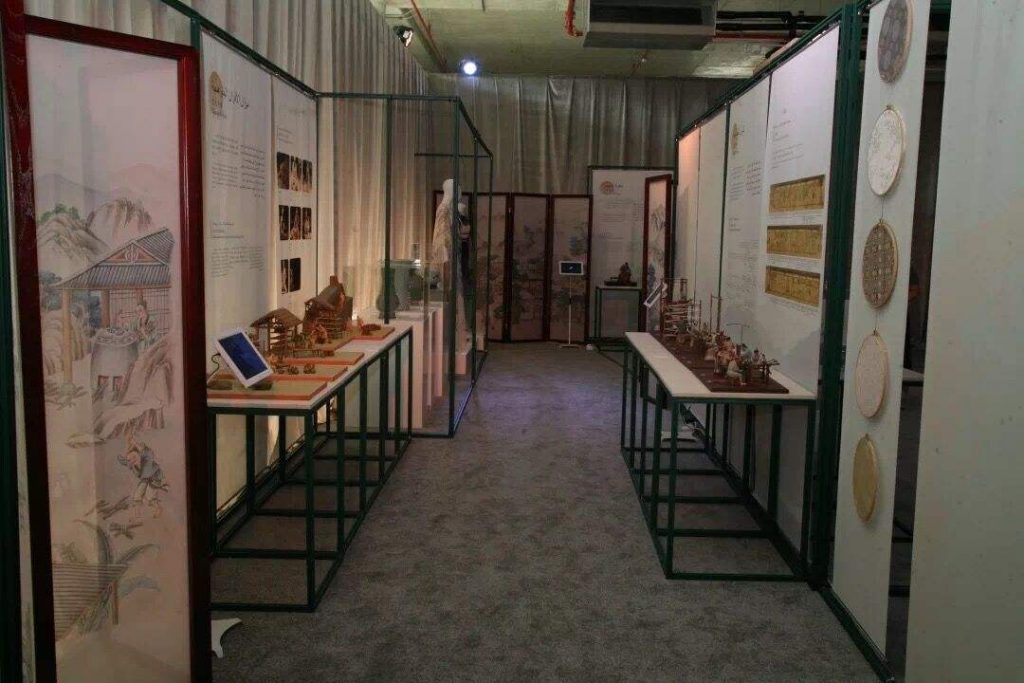
Lovers of style will enjoy the Fashion Gallery,which is dedicated to contemporary costumes,from the Chinese fashion of the 20th century to 400 years of Western fashion.
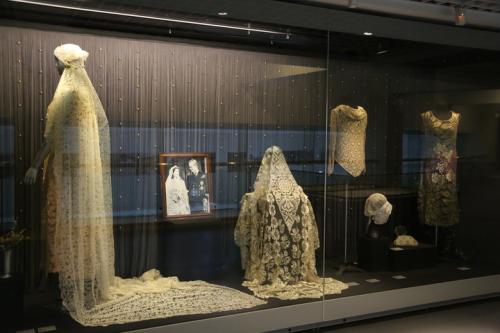
To rest your feet,you can go to the Brocade Caf located in the central area of the museum.It features drinks,books,souvenirs,and silk products such as clothing,decorations,and home silk-making gear.For shopping,you can also visit the Jingluntang Silk Boutique located in the basement of the Fashion Gallery for high-quality designer silk products,or visitors can head to the basement of the Silk Road Gallery for local silk products.
